10 East Coast Piers Every Angler Should Cast From
The Atlantic coastline of the United States offers some of the most productive and scenic fishing opportunities in the world. From Maine’s rocky shores to Florida’s tropical waters, East Coast piers provide anglers with accessible platforms to target diverse species without needing a boat. These structures extend anglers’ reach into deeper waters, creating fishing opportunities for everyone from beginners to seasoned pros. Whether you’re chasing striped bass in the Northeast, flounder in the Mid-Atlantic, or tarpon in the Southeast, these ten remarkable piers deserve a place on every angler’s bucket list.
Chesapeake Bay Bridge Fishing Pier, Virginia

Standing at the mouth of the Chesapeake Bay, this pier offers anglers extraordinary access to one of America’s most productive estuaries. The structure extends from the southern end of the Chesapeake Bay Bridge-Tunnel complex, placing anglers directly over the channel where the bay meets the Atlantic Ocean. This strategic location creates a fishing hotspot where striped bass, flounder, sheepshead, and even cobia migrate through on their seasonal journeys. The pier operates 24 hours during peak season, features cleaning stations, and provides rental equipment for travelers who couldn’t bring their gear, making it accessible for both casual and dedicated anglers.
Jennette’s Pier, Nags Head, North Carolina
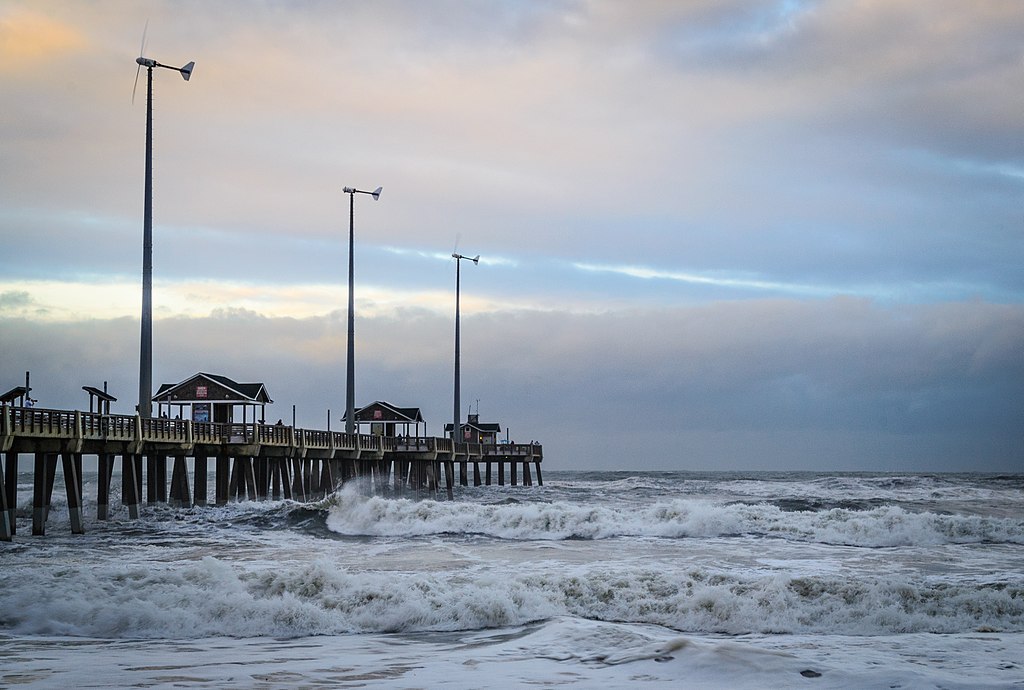
This 1,000-foot concrete pier represents the gold standard in modern fishing platforms along the East Coast. Rebuilt in 2011 after hurricane damage, Jennette’s Pier features state-of-the-art facilities including wind turbines that power its operations, educational exhibits, and even aquariums showcasing local marine life. The fishing here is legendary, particularly for red drum, which gather in tremendous numbers during fall runs when anglers line the rails shoulder-to-shoulder. Bluefish, Spanish mackerel, king mackerel, and flounder round out the typical catches, while cobia and tarpon provide exciting opportunities for trophy hunters during summer months. The pier’s concrete construction means it withstands storms that would damage wooden structures, ensuring more consistent fishing access year-round.
Jacksonville Beach Pier, Florida

Stretching 1,320 feet into the Atlantic, Jacksonville Beach Pier provides anglers with access to Florida’s productive coastal waters without needing to navigate the state’s crowded southern beaches. The pier was recently rebuilt after Hurricane Matthew damage, featuring improved facilities and greater structural integrity against future storms. Anglers target whiting, pompano, and flounder year-round, while seasonal runs bring opportunities for Spanish mackerel, kingfish, and the occasional tarpon that will test both tackle and patience. What makes this pier particularly special is its location in a transitional zone where both subtropical and temperate species overlap, creating one of the most diverse fishing opportunities on the East Coast.
Folly Beach Pier, South Carolina
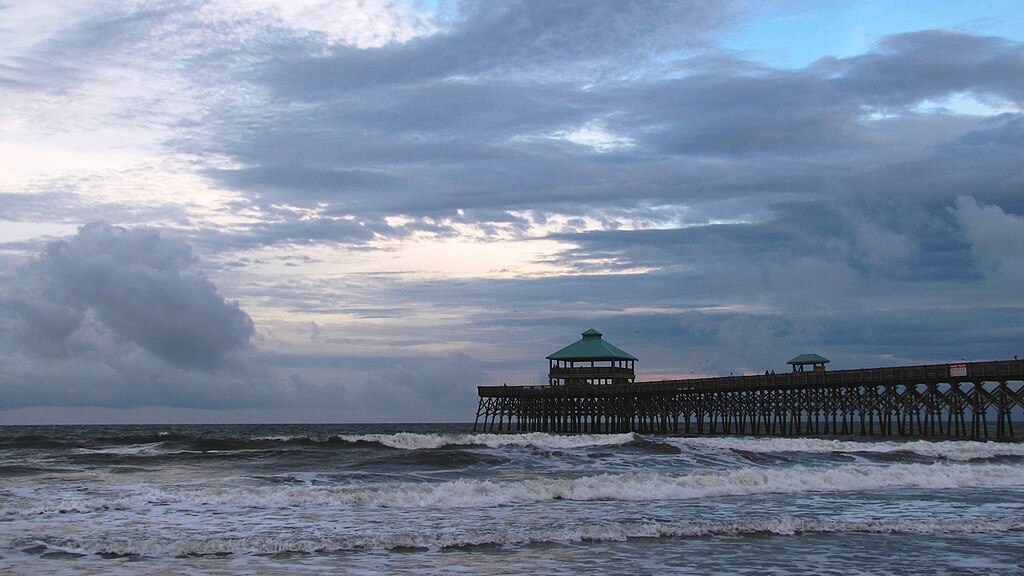
Currently undergoing a complete reconstruction (scheduled for completion in 2023), Folly Beach Pier has long been one of the Southeast’s premier fishing destinations. The new 1,049-foot structure maintains the character of the original while incorporating hurricane-resistant features that should ensure its presence for generations to come. Located near Charleston, this pier is famous for its exceptional red drum fishing, particularly during fall migrations when bull reds patrol the surf zone. Sheepshead gather around the pilings in impressive numbers, offering challenging fishing for those skilled enough to detect their notoriously subtle bites. Tarpon, kingfish, and shark provide exciting action during summer months, while flounder and whiting ensure consistent action for those seeking dinner.
Navarre Beach Pier, Florida

Holding the distinction as Florida’s longest pier at an impressive 1,545 feet, Navarre Beach Pier extends farther into the Gulf of Mexico than any other fishing pier in the state. This extraordinary reach means anglers can access deeper water and intercept pelagic species that typically require boat access. King mackerel (kingfish) action here is the stuff of legends, with trophy-class specimens regularly landed during spring and fall runs. Cobia migrations in spring create a festival-like atmosphere as these powerful fish move along the beaches, while year-round opportunities for pompano, redfish, and Spanish mackerel ensure productive trips regardless of season. The pier’s Gulf Coast location also means calmer waters than Atlantic-facing structures, making it more comfortable for families and those prone to seasickness.
Pompano Beach Pier, Florida
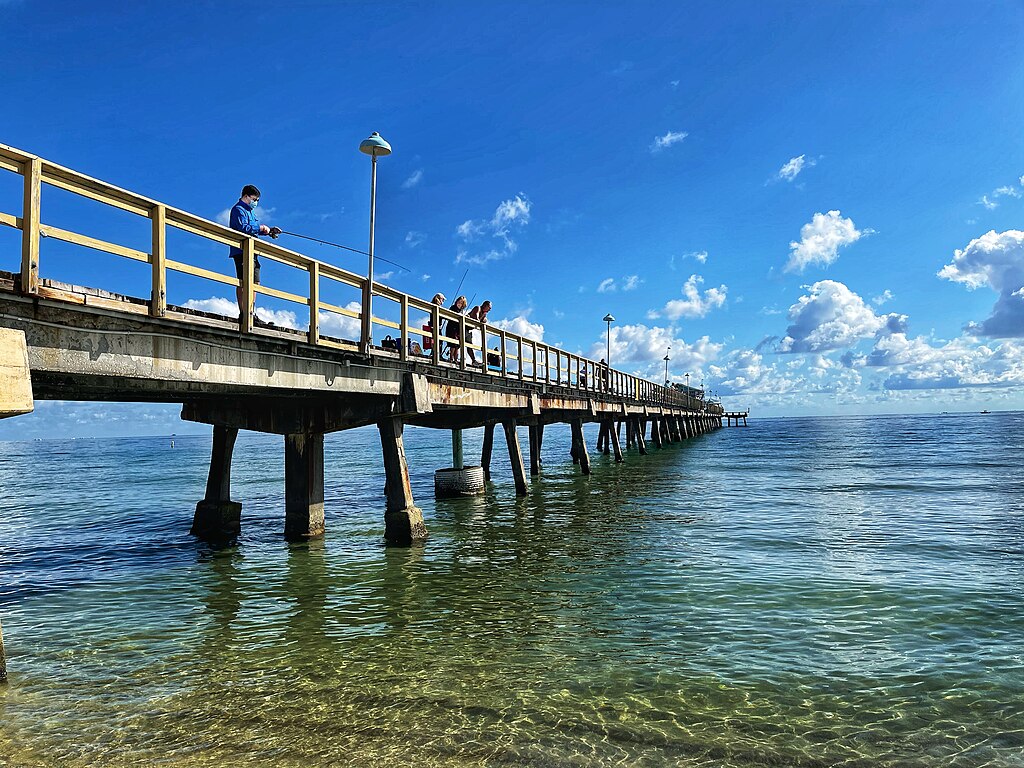
Recently rebuilt and reopened as the Fisher Family Pier, this South Florida gem offers anglers access to some of the clearest and most productive tropical waters on the East Coast. At 900 feet long, it reaches the edge of Florida’s narrow continental shelf, meaning big-game species often patrol surprisingly close to shore. The pier’s namesake pompano are prized targets year-round, with their delicious flesh making them a favorite for the dinner table. What distinguishes this pier from others is the remarkable variety of tropical species available, including permit, snapper, and grouper that are typically associated with reef fishing further offshore. The crystal-clear waters also allow anglers to sight-cast to fish, adding a visual dimension rarely available from pier fishing elsewhere on the coast.
Ocean City Fishing Pier, Maryland

Extending from the iconic Ocean City Boardwalk, this historic pier offers a perfect blend of serious fishing opportunity and family-friendly atmosphere. The structure provides access to the Atlantic, where the influence of Delaware Bay creates a productive mixing zone for numerous species. Summer flounder (fluke) fishing here is exceptional, with serious anglers regularly landing doormat-sized specimens during peak season. Bluefish blitzes create excitement when these aggressive predators push bait against the beach, while black sea bass, tautog, and sheepshead provide challenges for bottom-fishing enthusiasts. What makes this pier special beyond its fishing is its central location amid Ocean City’s attractions, allowing anglers to combine fishing with family activities, making it ideal for fishing-focused vacations where not everyone in the group shares the same passion for angling.
Deerfield Beach International Fishing Pier, Florida
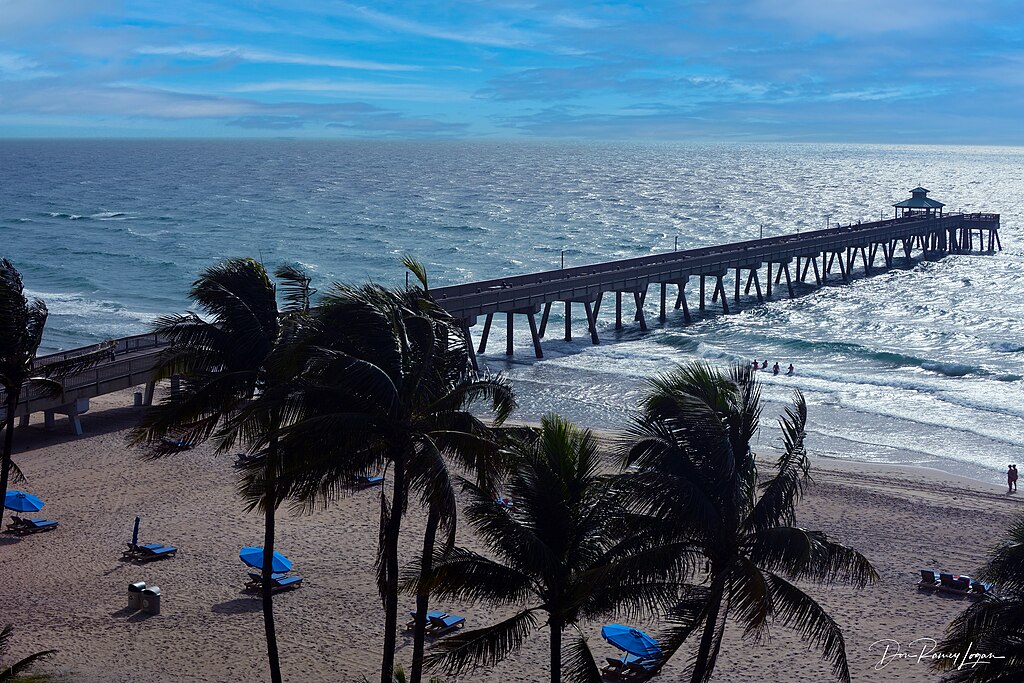
This 976-foot concrete pier provides anglers with remarkable access to South Florida’s tropical waters, where Caribbean influences create a unique fishing experience unlike anywhere else on the Eastern Seaboard. The pier’s proximity to the Gulf Stream means pelagic species like mahi-mahi (dolphinfish) occasionally venture within casting distance—a rare opportunity from shore-based fishing platforms anywhere in the continental United States. Snook, a premier game fish with strict harvest regulations, gather around the pilings in impressive numbers, particularly at night when underwater lights illuminate the structure. The pier’s relatively affordable entrance fee ($4 for anglers) makes it accessible to visitors, while its clean facilities and restaurant create a comfortable experience even for non-fishing companions.
Sunglow Pier, Daytona Beach, Florida
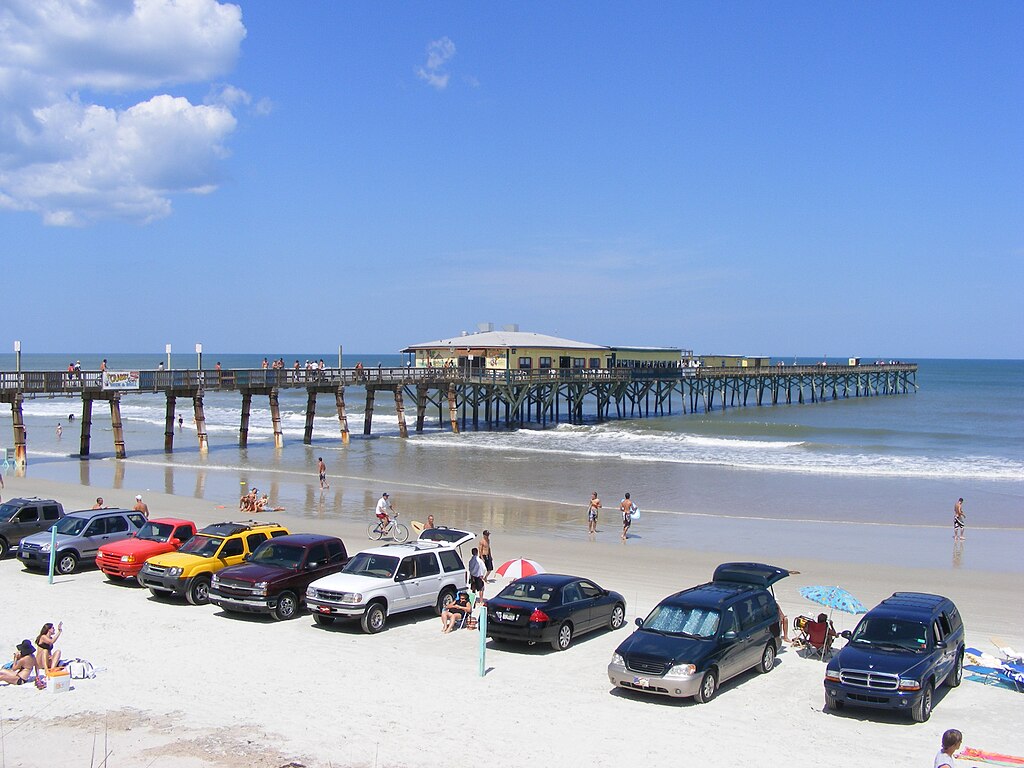
While not the longest pier on our list at 1,000 feet, Sunglow Pier offers something truly special: access to the productive waters where the Halifax River meets the Atlantic Ocean. This location creates a dynamic fishing environment where both inshore and offshore species can be targeted depending on tides and seasons. Redfish, black drum, and spotted seatrout are available year-round, while seasonal runs of bluefish, Spanish mackerel, and tarpon create excitement during warmer months. What truly distinguishes Sunglow is its authentic Old Florida atmosphere, with the iconic Crabby Joe’s restaurant on-site serving fresh seafood while anglers try their luck below. The pier’s location away from the main tourist areas means it retains a local flavor that has largely disappeared from more commercialized fishing destinations.
Sunshine Skyway Fishing Pier, St. Petersburg, Florida
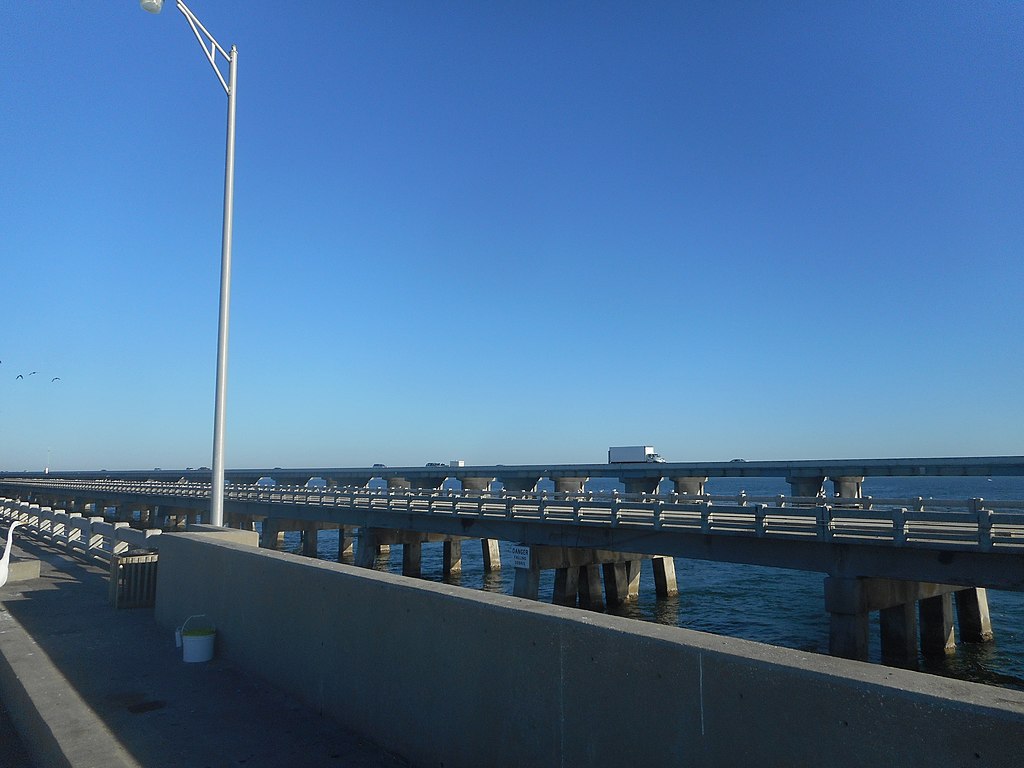
Perhaps the most unique pier on our list, this isn’t a traditional wooden structure but rather the repurposed remains of the old Sunshine Skyway Bridge spanning Tampa Bay. After the tragic collapse of part of the original bridge in 1980, the remaining sections were converted into what became the world’s longest fishing pier at over 4 miles total length (divided into north and south sections). This extraordinary structure places anglers directly over major shipping channels and deep water, creating opportunities to target species rarely available to shore-based fishermen. Grouper, snapper, and even permit can be caught here, while seasonal tarpon migrations create world-class fishing opportunities during summer months. The pier’s 24-hour operation and drive-on access make it particularly appealing to serious anglers planning extended fishing sessions.
Old Orchard Beach Pier, Maine

Representing the northern extreme of our East Coast journey, this historic pier offers a completely different fishing experience than its southern counterparts. While shorter than many others at 500 feet, what Old Orchard Beach Pier lacks in length, it makes up for in the quality of cold-water species available. Striped bass are the premier target, with trophy specimens patrolling the structure during summer migrations. Pollock, mackerel, and winter flounder provide consistent action, while the occasional bluefin tuna has been known to venture close enough for the most ambitious anglers to test their luck. What makes this pier special beyond its fishing is its iconic New England atmosphere, with the historic pier complex featuring restaurants and shops that have welcomed visitors since 1898, creating a nostalgic experience that combines fishing with classic coastal charm.
Essential Gear and Etiquette for East Coast Pier Fishing
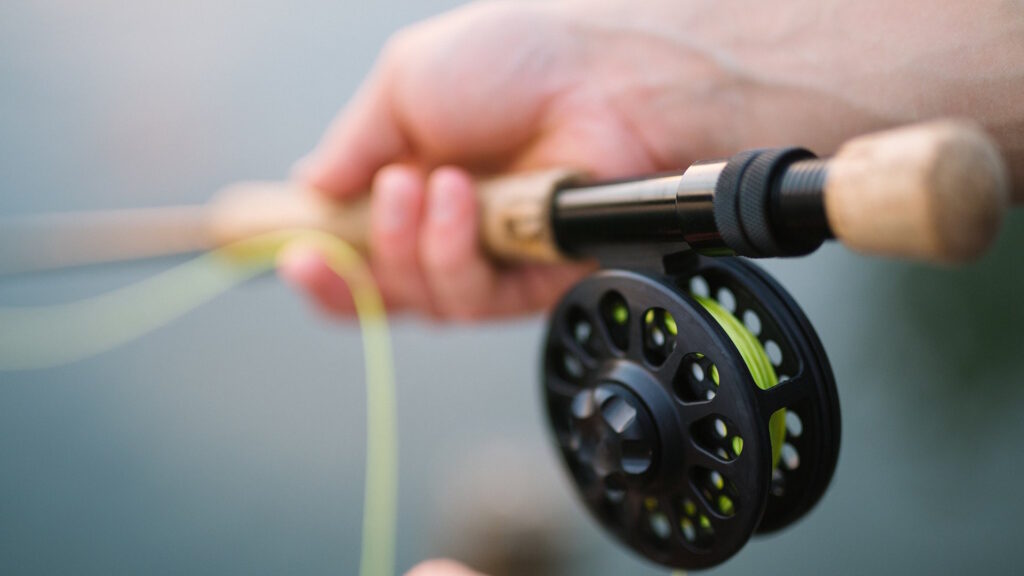
Success on these diverse fishing platforms requires both the right equipment and proper etiquette. Medium to medium-heavy spinning rods in the 7-9 foot range offer versatility for most pier situations, while conventional setups may be preferred for targeting larger species. A variety of rigs, including fish-finder rigs, high-low rigs, and casting jigs, should be prepared in advance, as fishing conditions can change rapidly. Always bring a landing net with an extendable handle or a pier gaff (where legal) as lifting large fish vertically can break leaders or bend hooks. Regarding etiquette, always be mindful of other anglers’ lines, avoid crossing over others’ fishing zones, and maintain awareness of pedestrians sharing the pier space. Most importantly, respect local regulations regarding size and bag limits, as these conservation measures ensure sustainable fishing for future generations.
Conclusion
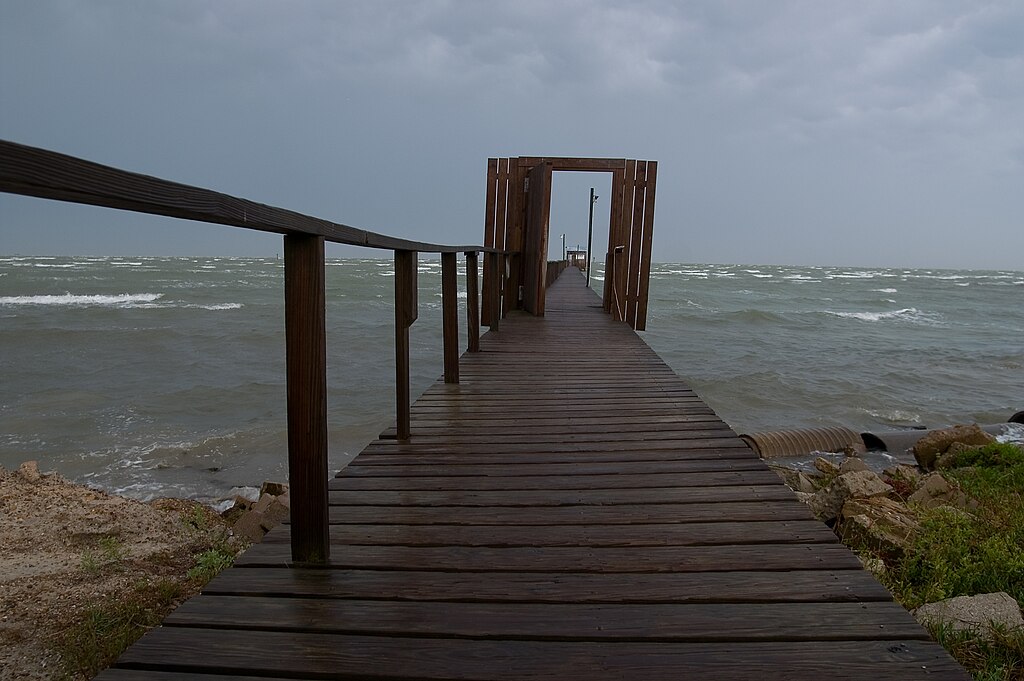
The East Coast’s diverse fishing piers offer anglers extraordinary access to some of America’s most productive waters without requiring a boat. From Maine’s rocky shores to Florida’s tropical paradise, each pier provides a unique window into regional fisheries while maintaining its distinct character and charm. These ten standout structures represent the finest pier fishing opportunities along the Atlantic seaboard, where memories and trophy fish await those willing to cast their lines. Whether you’re planning a dedicated fishing road trip or looking to squeeze in some angling during family vacations, these piers deserve consideration on every angler’s bucket list.

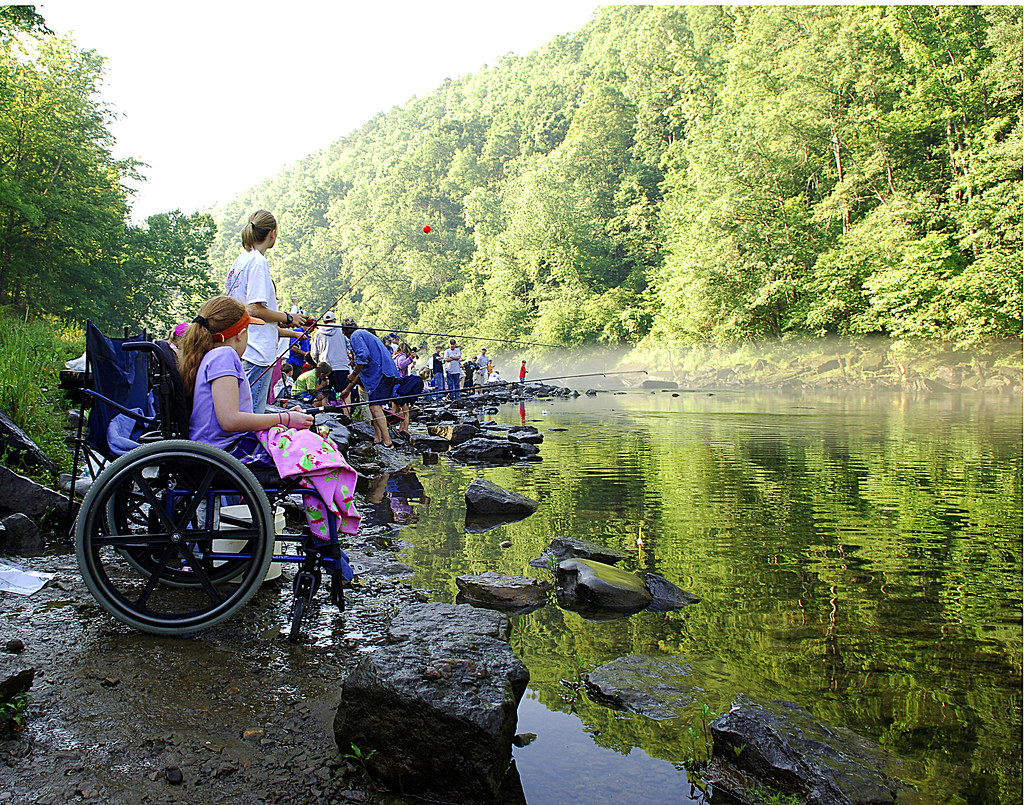
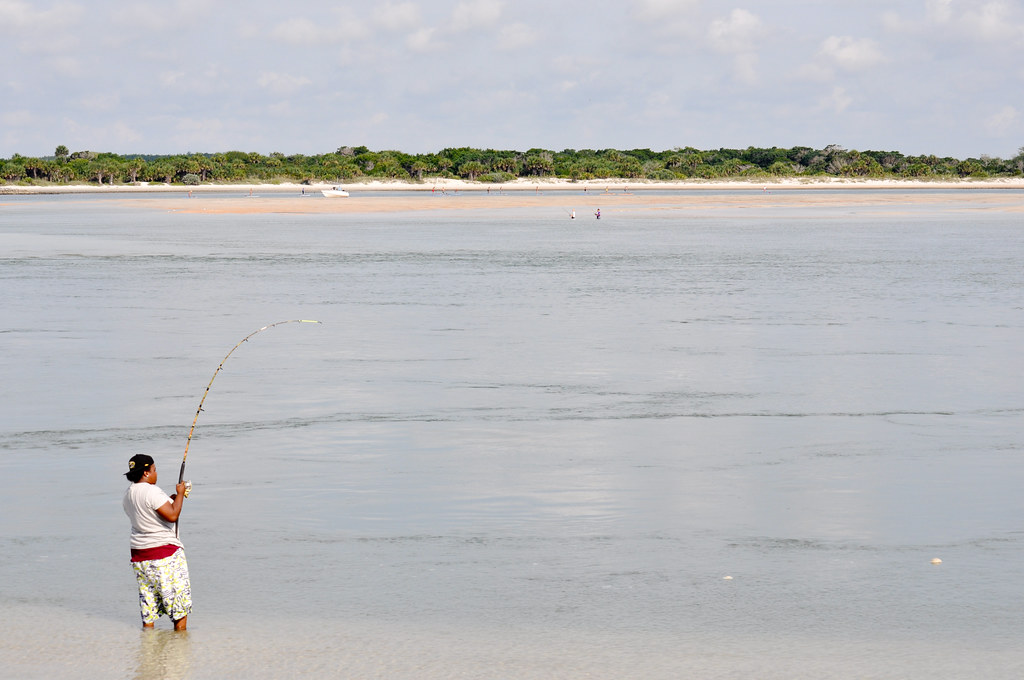











Post Comment